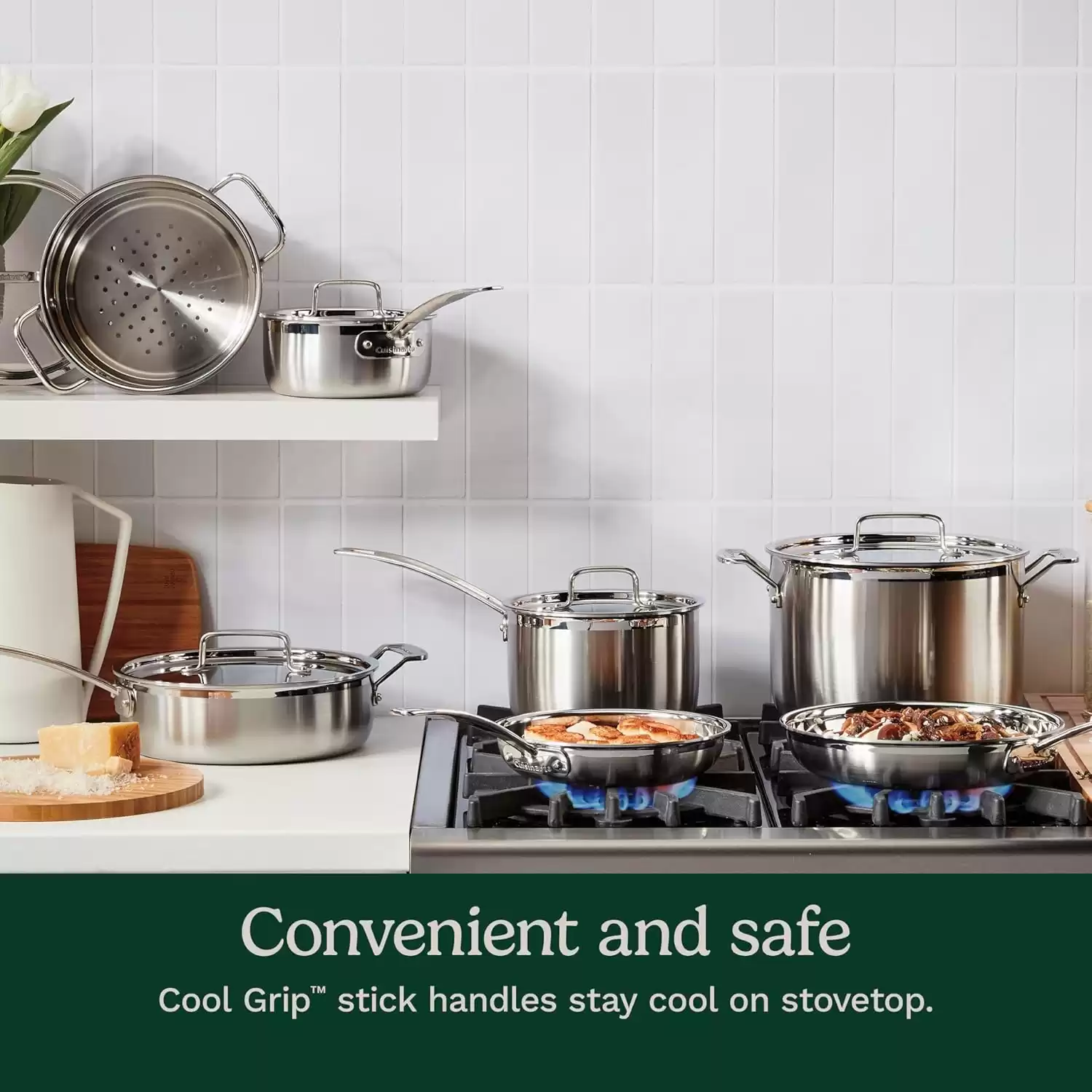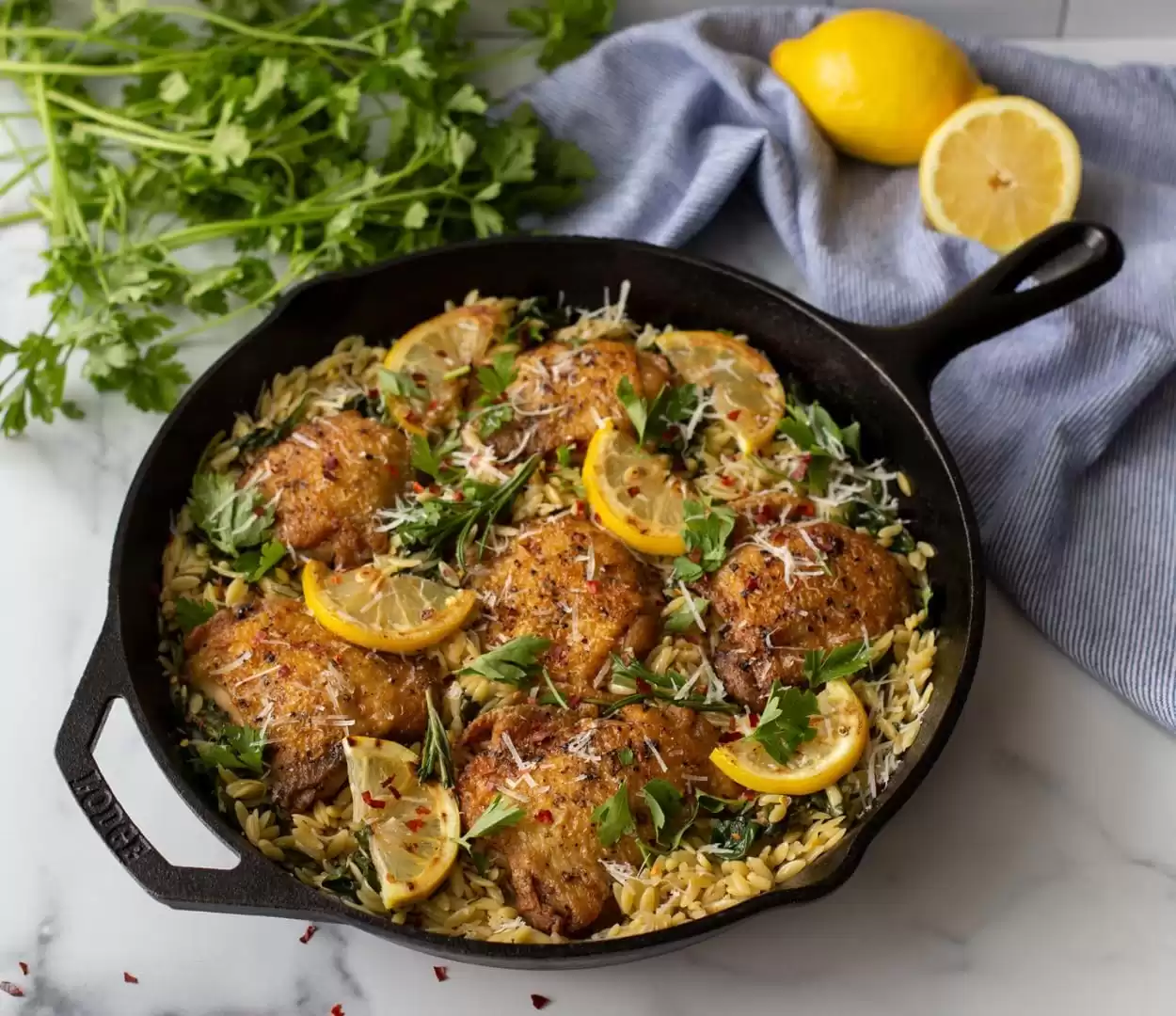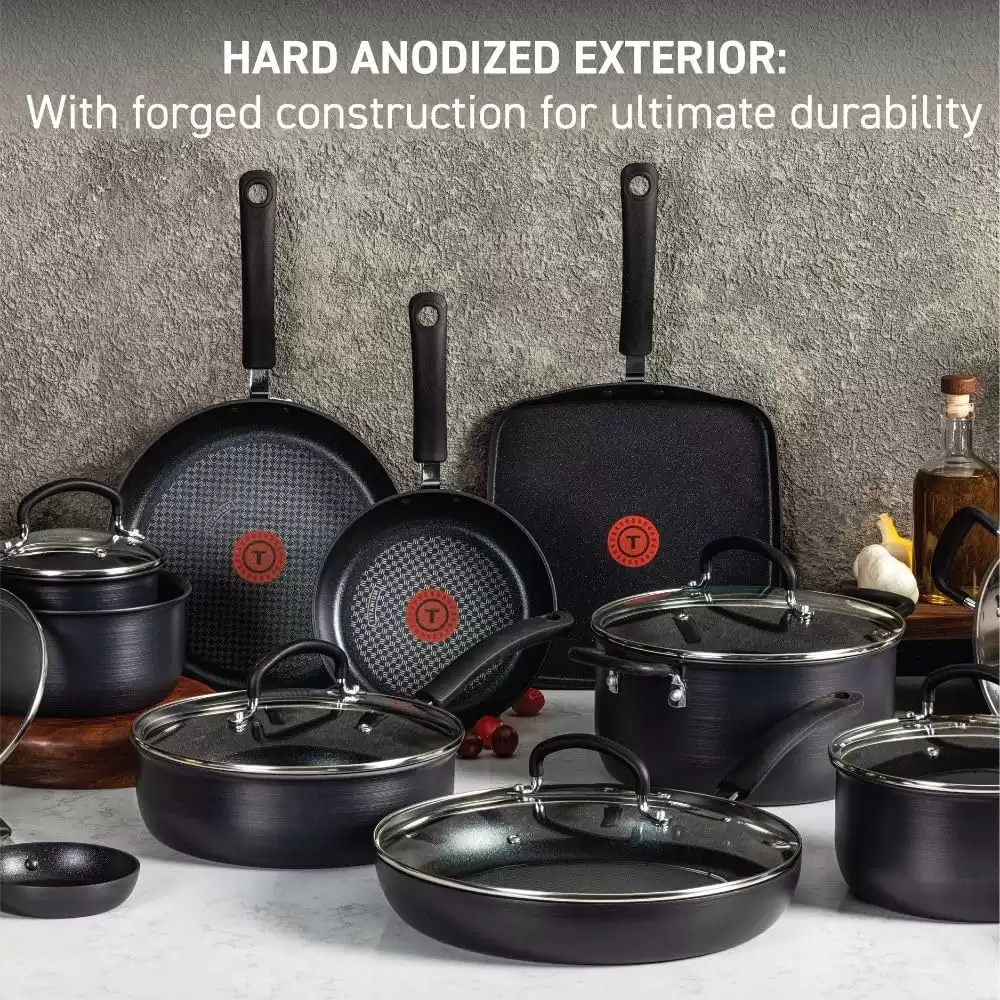 Pots and pans are some of the most essential tools in any kitchen.
Pots and pans are some of the most essential tools in any kitchen.
They are used for cooking, boiling, frying, and sautéing, among other things.
However, like any tool, they have a limited lifespan.
At some point, they will need to be replaced. But how long should pots and pans last?
This is a question that many people ask, and the answer is not always clear-cut.
There are several factors that can affect the lifespan of pots and pans.
The quality of the materials used, the frequency of use, and the care and maintenance they receive can all play a role.
Some types of pots and pans, such as non-stick cookware, may have a shorter lifespan than others due to the coating wearing off over time.
On the other hand, high-quality stainless steel or cast iron cookware can last for decades with proper care.
Average Lifespan of Pots and Pans
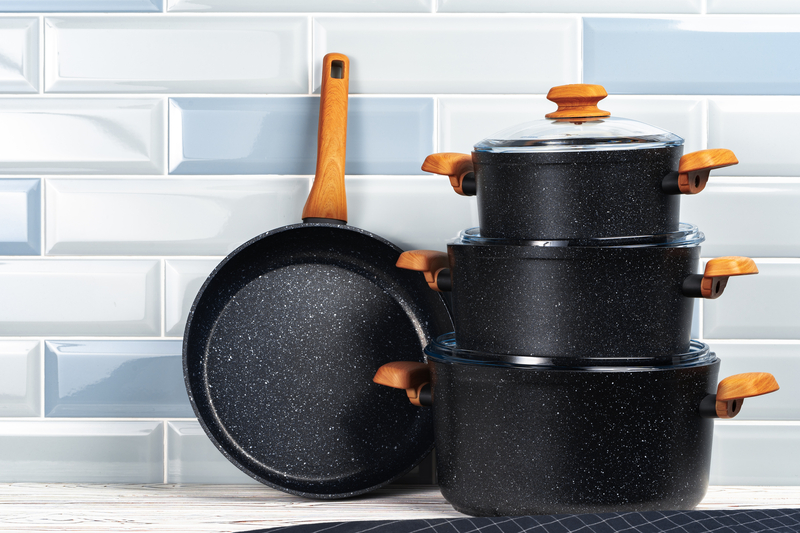
The lifespan of pots and pans can vary greatly depending on the material, quality, and usage.
Here are some general guidelines for the average lifespan of common types of pots and pans:
- Non-stick pans: 1-5 years
- Stainless steel pans: 5-20 years
- Cast iron pans: decades to a lifetime
Non-stick pans tend to have a shorter lifespan due to the non-stick coating wearing off over time with regular use and cleaning.
Stainless steel pans can last longer, but may develop scratches and dents that can affect their performance.
Cast iron pans are known for their durability and can last for decades or even a lifetime with proper care.
It’s important to note that the lifespan of pots and pans can also be influenced by factors such as the frequency of use, cooking methods, and cleaning habits.
Regularly cleaning and properly storing pots and pans can help extend their lifespan.
Additionally, using the appropriate utensils and avoiding high heat can help prevent damage to the cookware.
Overall, while there are general guidelines for the average lifespan of pots and pans, it’s important to evaluate each piece individually and consider factors such as material, quality, and usage to determine how long it will last.
Factors Affecting Durability
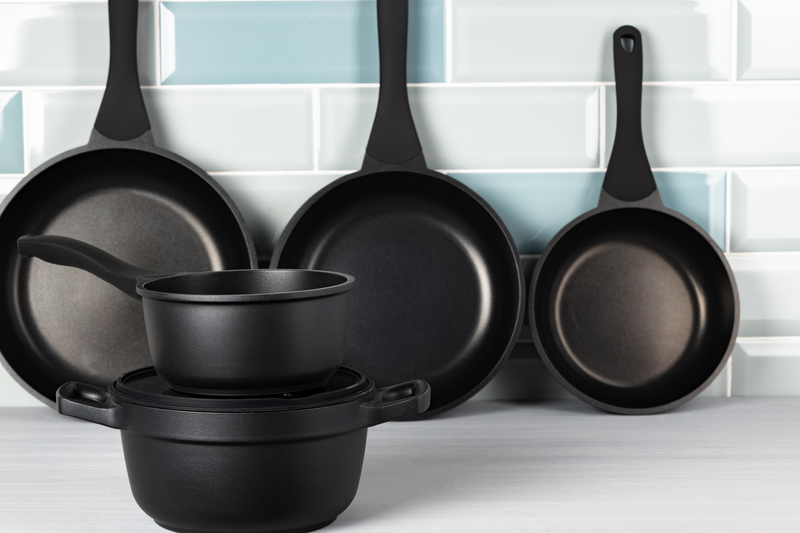
Material Quality
The material quality is one of the most significant factors affecting the durability of pots and pans.
The quality of materials used in the manufacturing process determines how long the pots and pans will last.
High-quality materials like stainless steel, copper, and cast iron are durable and can last for decades.
On the other hand, low-quality materials like aluminum, non-stick, and ceramic have a shorter lifespan and may need to be replaced more frequently.
Usage Frequency
The frequency of use is another factor that affects the durability of pots and pans.
Pots and pans that are used on a daily basis will wear out faster than those used less frequently.
Frequent use can cause wear and tear, scratches, and dents, which can reduce the lifespan of the pots and pans.
Maintenance and Care
Proper maintenance and care can significantly extend the lifespan of pots and pans.
Simple steps like hand-washing, avoiding abrasive cleaners, and storing pots and pans properly can help prevent scratches, dents, and other damage.
Additionally, regular seasoning of cast iron pans can help prevent rust and prolong their lifespan.
Cooking Habits
Cooking habits can also affect the durability of pots and pans.
Using metal utensils on non-stick pans, cooking at high temperatures, and using acidic ingredients can all cause damage to pots and pans.
Additionally, cooking with too much heat or leaving pots and pans on high heat for too long can cause warping and reduce their lifespan.
Signs of Wear and When to Replace
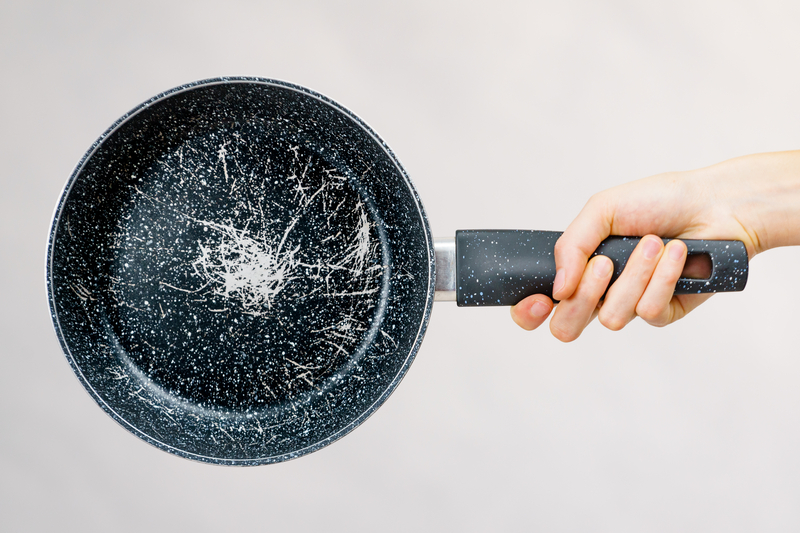
Pots and pans are essential kitchen tools, but they don’t last forever.
Over time, they can become worn out, damaged, and even unsafe to use.
Here are some signs to look out for and when to consider replacing them.
Non-Stick Coating Deterioration
If the non-stick coating on your pan is starting to peel, flake, or scratch off, it’s time to replace it.
Not only can the flakes get into your food, but the pan will no longer be non-stick, making cooking more difficult.
Warping and Deformation
If your pan is warped or deformed, it won’t sit flat on the stove, making it difficult to cook evenly.
It may also be a sign that the pan has been overheated, which can damage the non-stick coating or even cause it to release harmful fumes.
Handle and Lid Damage
If the handle or lid of your pan is loose, cracked, or broken, it can be dangerous to use.
The handle could come off while you’re cooking, causing hot food or liquid to spill, and the lid may not fit properly, causing steam to escape and potentially burning you.
Corrosion and Rust
If your pan is showing signs of corrosion or rust, it’s time to replace it.
Not only can it affect the taste of your food, but it can also be a health hazard.
Rust can contain harmful bacteria that can make you sick, and corrosion can weaken the structure of the pan, making it more likely to break or warp.
By keeping an eye out for these signs and replacing your pots and pans when necessary, you can ensure that your kitchen stays safe and your food stays delicious.
Impact of Brand and Price on Longevity
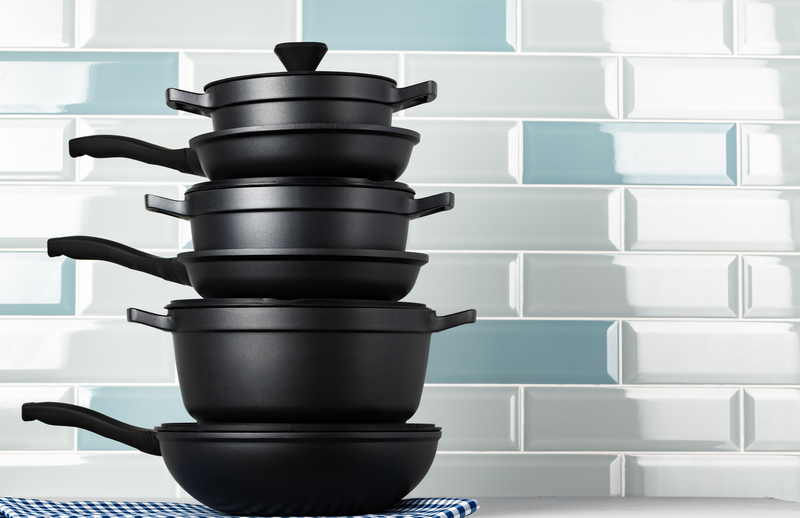
The brand and price of pots and pans can have a significant impact on their longevity.
Generally speaking, higher-end brands tend to use higher-quality materials and construction methods, resulting in a longer lifespan for their products.
However, it’s important to note that this is not always the case.
Some lower-priced brands may use innovative materials or manufacturing techniques that can make their products just as durable as those from high-end brands.
When considering the impact of brand and price on longevity, it’s also important to think about how often the pots and pans will be used.
If they will be used frequently, investing in a higher-end brand may be worth the cost in the long run.
On the other hand, if they will only be used occasionally, a lower-priced option may be sufficient.
Ultimately, the key is to do research on the specific brand and product before making a purchase.
Look for reviews and ratings from other customers to get an idea of how long the product is likely to last and whether it’s worth the investment.
Proper Cleaning Techniques for Longevity
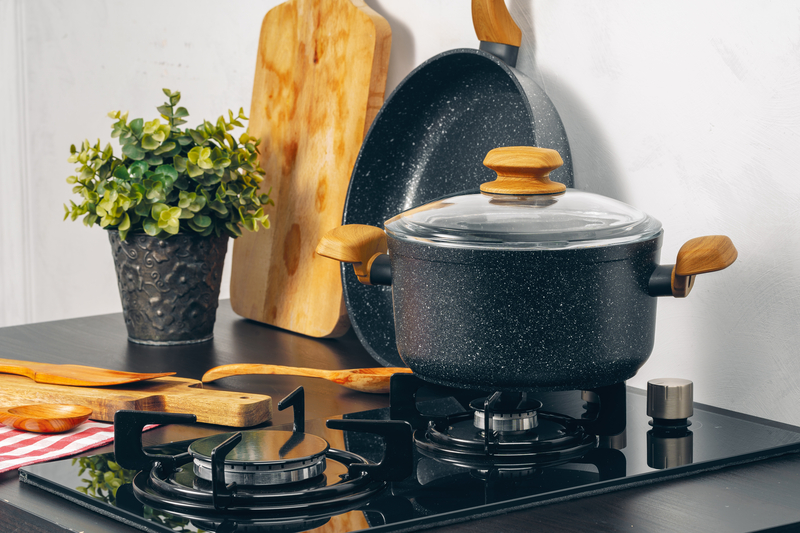
To ensure the longevity of pots and pans, it is essential to clean them properly.
Here are some tips for proper cleaning techniques:
- Avoid using abrasive cleaners or steel wool as they can scratch the surface of the cookware and damage the non-stick coating.
- Use a soft sponge or cloth to clean the pots and pans. If there is food stuck to the surface, soak the cookware in warm soapy water for a few minutes before cleaning.
- Do not use high heat to dry the cookware as it can cause warping or damage to the surface. Instead, dry the pots and pans with a soft cloth or let them air dry.
- For stainless steel cookware, use a stainless steel cleaner to remove any stains or discoloration. Be sure to follow the manufacturer’s instructions for the cleaner.
- For non-stick cookware, avoid using cooking sprays or oils as they can build up on the surface and cause the non-stick coating to deteriorate. Instead, use a small amount of butter or oil to cook with.
- If the non-stick coating is damaged, it is best to replace the cookware as it can be harmful to health.
By following these proper cleaning techniques, pots and pans can last for many years and remain in good condition.
The Role of Warranty in Pot and Pan Lifespan

When purchasing pots and pans, it is important to consider the warranty offered by the manufacturer.
A warranty can provide peace of mind and ensure that the investment made in cookware is protected.
Warranties typically cover defects in materials and workmanship, but may also cover other issues such as warping or discoloration.
The length of the warranty can vary greatly between brands and models, ranging from one year to a lifetime.
It is important to note that a longer warranty does not necessarily guarantee a longer lifespan for the pot or pan.
However, a longer warranty may indicate that the manufacturer has confidence in the quality of their product and is willing to stand behind it.
When considering the warranty, it is also important to read the fine print.
Some warranties may have limitations or exclusions, such as damage caused by misuse or normal wear and tear.
In addition to the warranty, proper care and maintenance can also play a role in extending the lifespan of pots and pans.
Regular cleaning and avoiding the use of metal utensils can help prevent scratches and other damage.
Overall, while the warranty can provide some indication of the quality of the product, it is important to also consider other factors such as materials, design, and care when selecting pots and pans for the kitchen.
Upgrading Your Cookware: When and Why
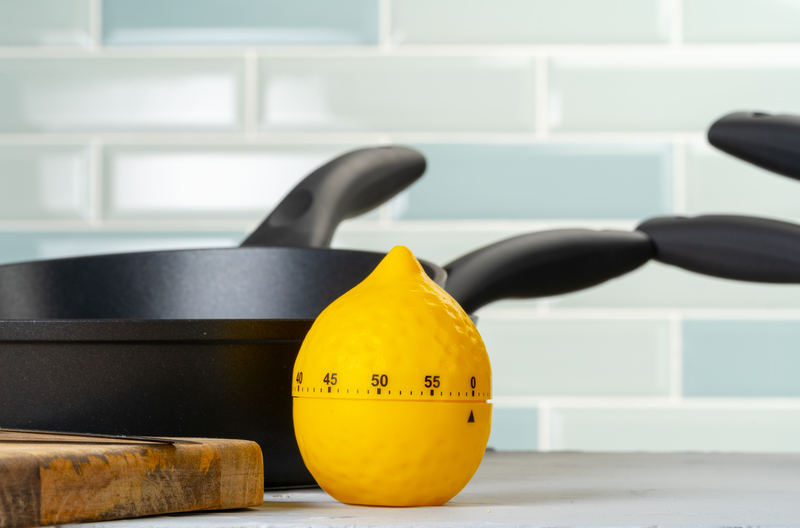
Cookware is an essential part of any kitchen, and it is important to ensure that you have the right tools for the job.
While well-made pots and pans can last for many years, there may come a time when it is necessary to upgrade your cookware.
Here are some reasons why you might want to consider upgrading your pots and pans:
1. Wear and Tear
Over time, cookware can become worn and damaged, which can affect its performance.
Scratches, dents, and warping can all make it difficult to cook evenly and efficiently.
If you notice that your cookware is showing signs of wear and tear, it may be time to invest in some new pots and pans.
2. Changes in Cooking Habits
As people’s cooking habits change, their cookware needs may also change.
For example, if you have started to cook more frequently, you may need larger pots and pans to accommodate larger batches of food.
Similarly, if you have started to cook more delicate dishes, you may need more precise cookware that can handle lower temperatures.
3. Health Concerns
Some types of cookware can be harmful to health if they are made with certain materials or coatings.
For example, non-stick coatings can release toxic fumes when they are heated to high temperatures.
If you are concerned about the safety of your cookware, it may be worth investing in some new pots and pans that are made with safer materials.
4. Aesthetic Reasons
Finally, some people may choose to upgrade their cookware for aesthetic reasons.
If you are looking to refresh your kitchen or want to invest in some cookware that looks as good as it performs, there are plenty of stylish options available.
In summary, upgrading your cookware can be a worthwhile investment if your pots and pans are showing signs of wear and tear, your cooking habits have changed, you are concerned about health risks, or if you simply want to refresh your kitchen.
By investing in high-quality cookware, you can ensure that you have the right tools for the job and can enjoy cooking delicious meals for years to come.
Environmental Considerations of Cookware Disposal
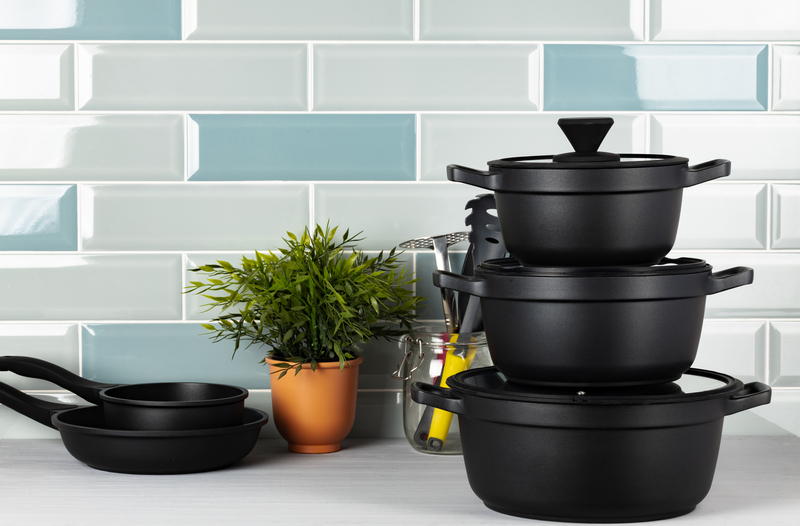
When it comes to disposing of old cookware, it is important to consider the environmental impact.
Many pots and pans are made with materials that are not biodegradable and can take hundreds of years to break down in landfills.
One option for eco-friendly disposal is to donate cookware that is still in good condition to a local charity or second-hand store.
This not only keeps the cookware out of landfills but also provides an opportunity for someone else to use it.
If the cookware is no longer usable, it is important to check with local recycling facilities to see if they accept metal cookware.
Some facilities may require the cookware to be separated by material type, such as aluminum or stainless steel.
Another option is to repurpose the cookware for other uses, such as using a pot as a planter for herbs or flowers.
This not only keeps the cookware out of landfills but also adds a unique touch to home decor.
Overall, it is important to consider the environmental impact when disposing of old cookware.
By donating, recycling, or repurposing old cookware, individuals can reduce their carbon footprint and contribute to a more sustainable future.
Storage Tips to Extend Cookware Life
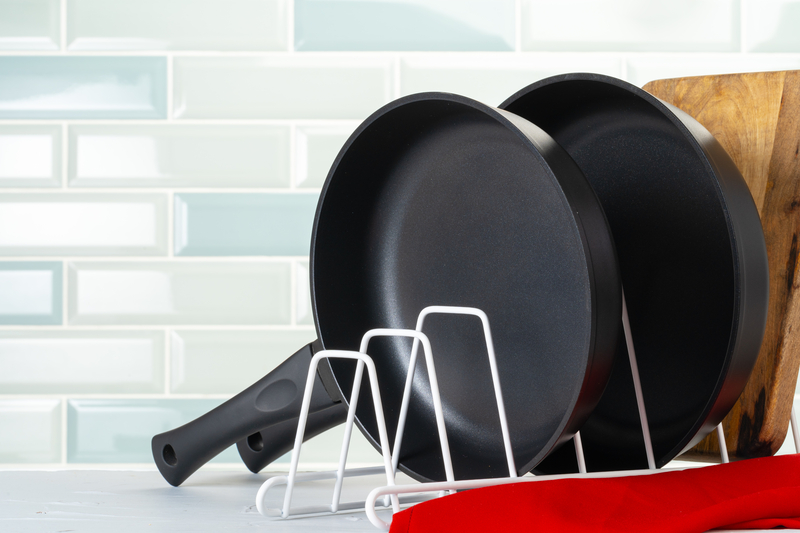
Proper storage of pots and pans can significantly extend their lifespan.
Here are some tips to keep in mind:
- Stacking: Avoid stacking pots and pans on top of each other, as this can cause scratches and damage to the surfaces. Instead, place a soft cloth or paper towel between each piece of cookware to prevent scratches.
- Hanging: Hanging pots and pans is a great way to save space and prevent damage. Use a sturdy pot rack or hooks to hang them by their handles. Be sure to leave enough space between each piece to prevent them from banging into each other.
- Lids: Store lids separately from pots and pans to prevent scratches and damage. You can use a lid organizer or simply stack them in a safe place.
- Temperature: Never store pots and pans while they are still hot, as this can cause warping and damage. Allow them to cool completely before storing.
- Cleaning: Always clean pots and pans thoroughly before storing them. Residue and grease can cause damage over time, so use a non-abrasive cleaner and dry them completely before storing.
By following these simple storage tips, you can extend the life of your pots and pans and ensure they remain in top condition for years to come.
Innovations in Cookware Durability
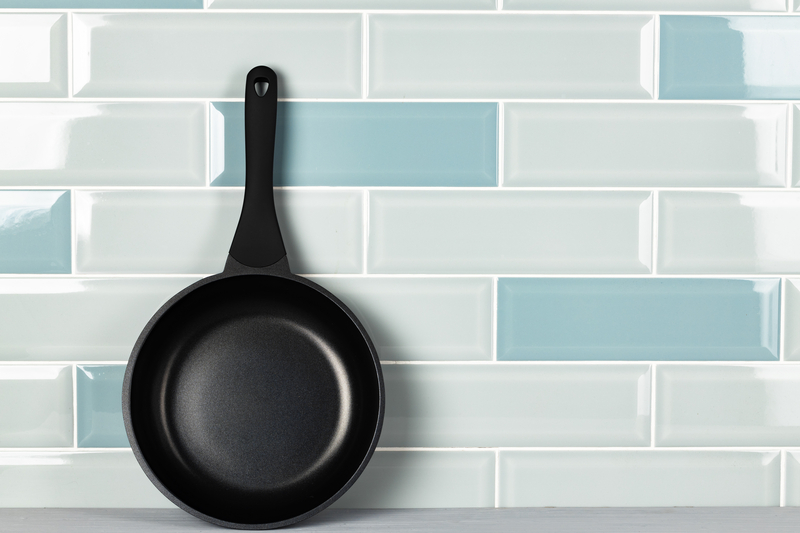
Cookware manufacturers have been working to improve the durability of pots and pans for many years.
Here are some of the innovations that have been introduced to make cookware last longer:
- Non-Stick Coatings – Non-stick coatings have been around for decades, but recent advancements have made them more durable. Some manufacturers now offer non-stick coatings that are infused with ceramic or diamond particles, making them more scratch-resistant and longer-lasting.
- Hard-Anodized Aluminum – Hard-anodized aluminum is an electrochemical process that makes aluminum harder and more durable. This type of cookware is resistant to scratches, dents, and corrosion, and is often used in professional kitchens.
- Stainless Steel – Stainless steel is a popular material for cookware because it is durable and easy to clean. Recent advancements in stainless steel technology have made it even more durable, with some manufacturers offering cookware that is made from multiple layers of stainless steel for added strength.
- Titanium – Titanium is an extremely strong and lightweight metal that is used in a variety of industries, including aerospace and medical. Some cookware manufacturers have started using titanium in their products, which makes them more durable and resistant to scratches and dents.
- Cast Iron – Cast iron cookware has been around for centuries, and for good reason. It is extremely durable and can last for generations if properly cared for. Some manufacturers have started offering enameled cast iron cookware, which is even more durable and easier to clean than traditional cast iron.
Overall, these innovations in cookware durability have made it possible for pots and pans to last longer than ever before.
By investing in high-quality, durable cookware, consumers can save money in the long run and enjoy cooking with their favorite pots and pans for years to come.
Here are Some Examples of Robust and Long-lasting Pots and Pans Sets
|
3.5
|
3.5
|
3.5
|
|
$349.95
|
$99.90
|
$223.79
|
|
|
|
|
When it comes to durable pots and pans sets you have a range of options to choose from.
Whether you prefer stainless steel, cast iron, or non-stick coated cookware, there are high-quality sets designed to withstand the rigors of everyday cooking.
Here are three examples that showcase durability and excellent performance in their respective categories.
Stainless Steel Set
Cuisinart Pro Stainless Steel 12-Piece Set
This set features a durable construction with a triple-ply stainless steel body and an aluminum core for even heat distribution.
The stainless steel cooking surface does not react with food or alter flavors.
The set includes various pots, pans, and lids to meet your cooking needs.
Cast Iron Set
Lodge Seasoned Cast Iron 5-Piece Bundle
Lodge is a well-known and trusted brand for cast iron cookware.
This set includes a 10.5-inch griddle, 10.25-inch skillet, 10.25-inch Dutch oven, silicone handle holder, and a pan scraper.
The pre-seasoned cast iron offers excellent heat retention and even cooking.
With proper care, this set can last for generations.
Non-Stick Coated Set
T-fal Ultimate Hard Anodized Nonstick 17-Piece Set
This T-fal set features a hard anodized aluminum construction with a scratch-resistant, non-stick interior.
It includes various sizes of pots, pans, lids, and utensils.
The non-stick coating is durable and provides easy food release, making cooking and cleaning a breeze.
Investing in a durable pots and pans set is essential for any kitchen.
The Cuisinart Pro Stainless Steel Set offers long-lasting performance with its triple-ply construction, while the Lodge Seasoned Cast Iron Bundle ensures generations of cooking satisfaction.
For those seeking non-stick convenience, the T-fal Ultimate Hard Anodized Nonstick Set provides reliable durability and easy food release.
Whichever option you choose, these sets will serve you well in the kitchen and make cooking a pleasure for years to come.
Bottom Line – How Long Should Pots and Pans Last?
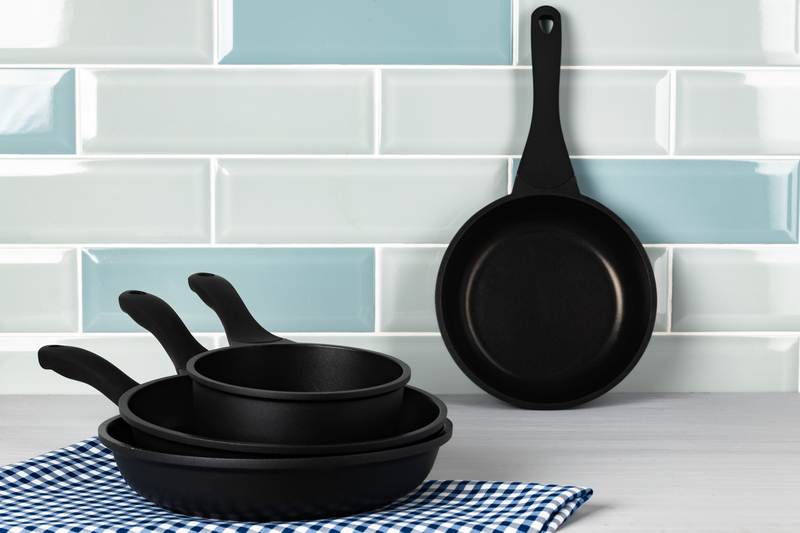
In conclusion, pots and pans are indispensable tools in every kitchen, facilitating various cooking techniques from frying to sautéing.
However, like any tool, they have a finite lifespan, influenced by factors such as material quality, frequency of use, and maintenance practices.
Understanding the average lifespan of different types of cookware, such as non-stick, stainless steel, and cast iron, can guide decisions on replacement timing.
Additionally, factors like cooking habits, proper cleaning techniques, and storage practices play crucial roles in extending the lifespan of pots and pans.
Innovations in cookware durability, exemplified by materials like hard-anodized aluminum and titanium, offer consumers more durable options than ever before.
Ultimately, investing in high-quality, durable pots and pans sets, whether stainless steel, cast iron, or non-stick coated, ensures long-lasting performance and enjoyable cooking experiences for years to come.


